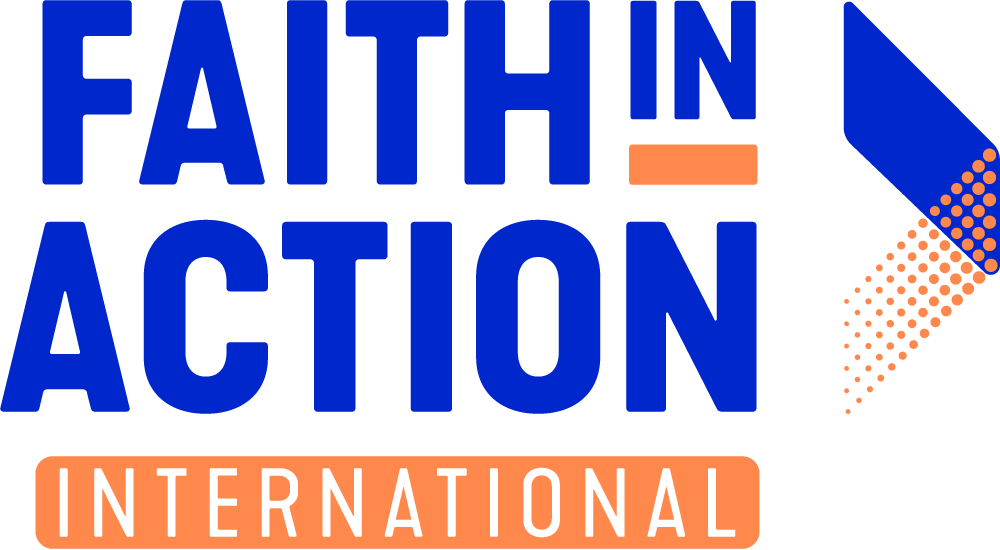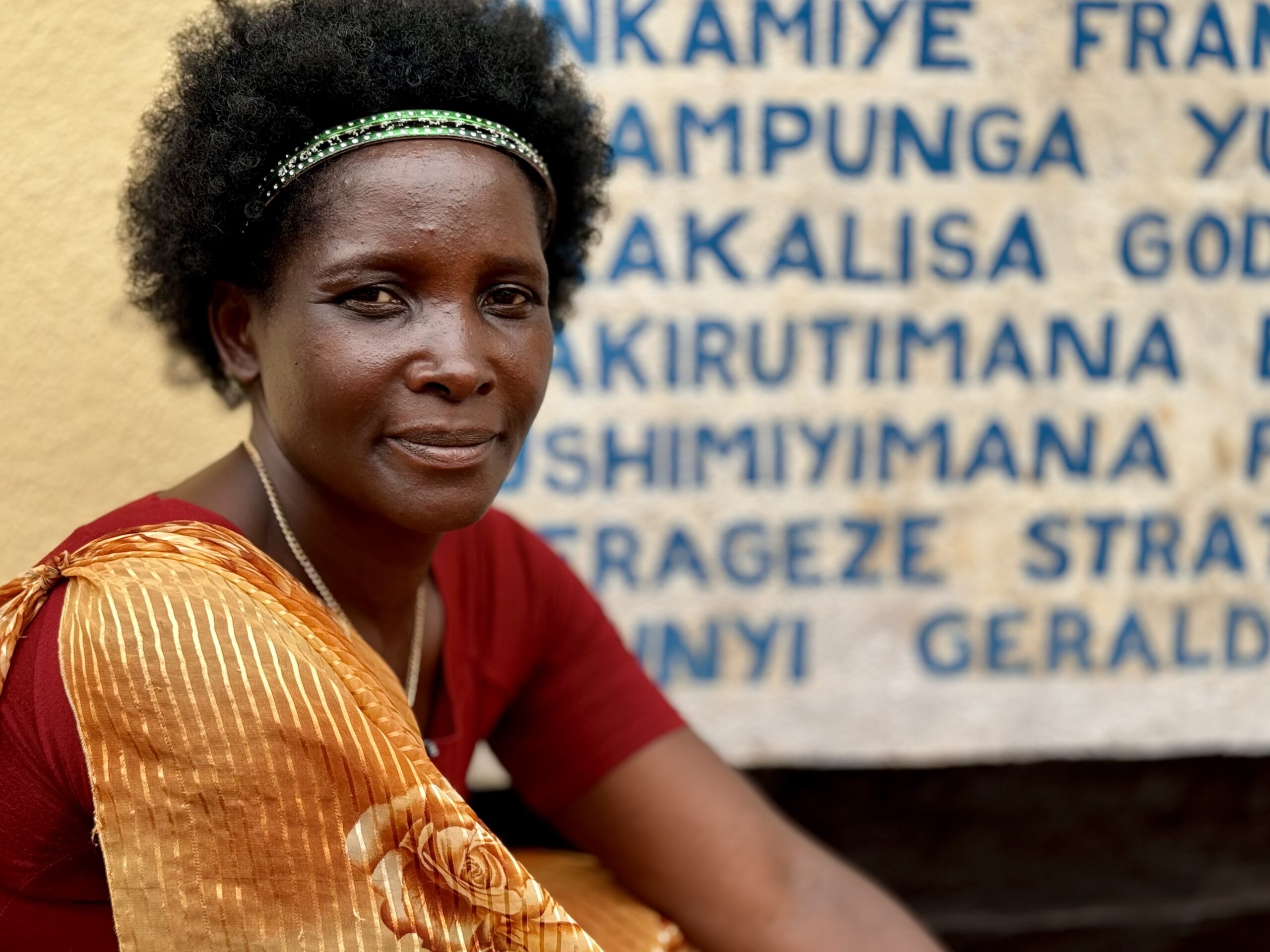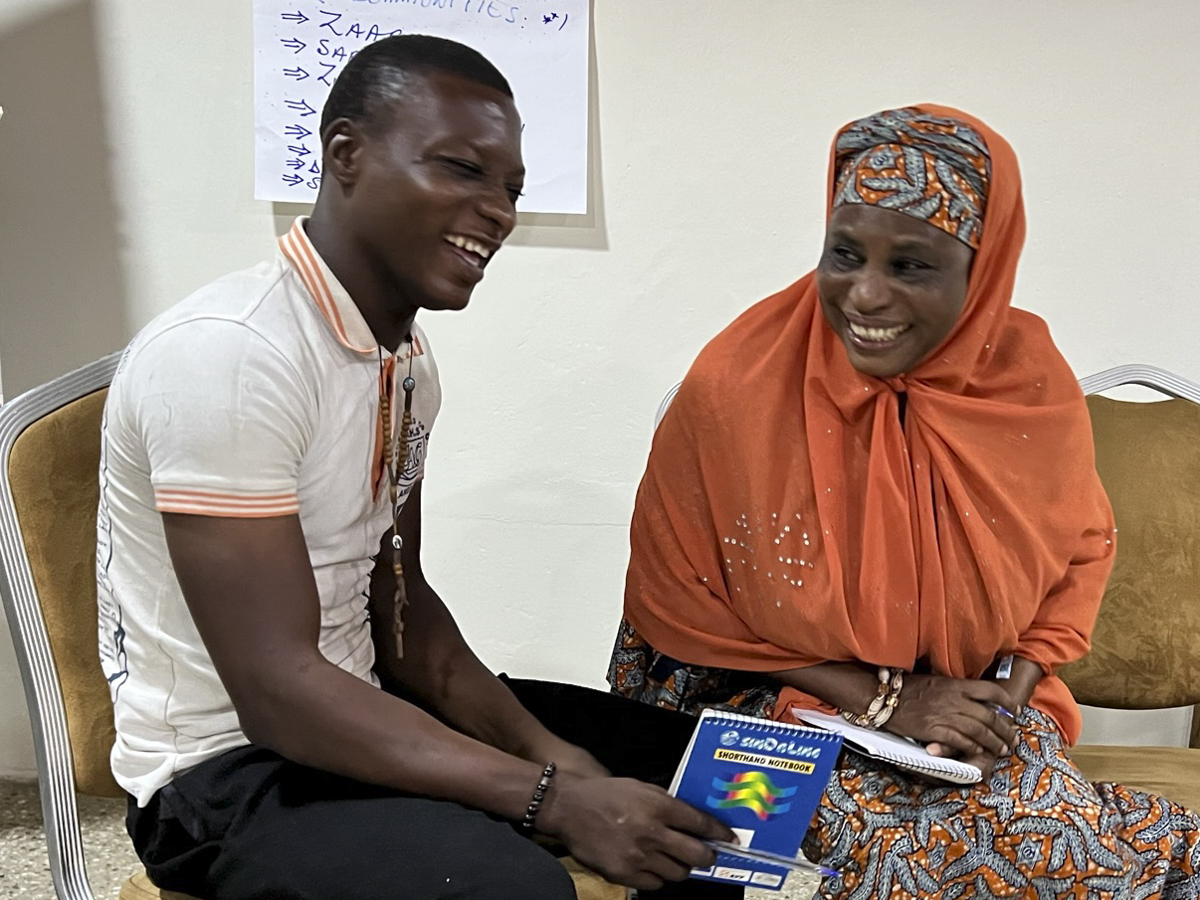The Role of Grassroots Organizing in Overcoming Development Challenges in Africa and Beyond January 22-26, 2024 Twenty-four people from the U.S., Ghana, Tanzania, and Namibia traveled to Rwanda…
Healing, Rebuilding in Rwanda
Published Feb. 9, 2012 in The Daily Progress
By Bob Gibson
It has been nearly 18 years since Rwanda’s latest genocide resulted in more than half a million people being killed, in an East African nation the size of Maryland.
Much healing is taking place in this country thankfully left out of the world’s bloody headlines for the past decade.
This high, hilly, 50-year-old independent nation is home to 11 million people, several of whom are cousins of mine with strong ties to Harrisonburg.
Harrisonburg is home to Eastern Mennonite University, a 1,500-student school serious about the business of building peace and resolving conflict.
John Rutsindinintwarane, a Lutheran pastor, met and married my wife’s first cousin there while studying peacekeeping and conflict resolution at EMU over several years. He married Robin Strickler of Harrisonburg, a Lutheran pastor’s daughter, and the couple has worked the past seven years with hundreds of Rwandans from five faith traditions on rebuilding Rwanda.
Thanks to their efforts, ordinary Rwandans are bringing about change, building a rural hospital and a high school and forming new relationships healing the wounds of genocide.
He formed Congregations Rebuilding Community in Rwanda in 2005.
Working with an elected group of 22 leaders from five rural villages, Rutsindinintwarane helped the group build grassroots leadership. Hundreds of villagers were interviewed one-on-one about the needs in their communities.
More than 2,000 hours of interviews and weeks of discussion led them to a decision to construct a rural health center.
After villagers decided to build it, they set about the hard work of crushing 500 tons of rock to start its foundations. “We did it by ourselves,” he said, “men and women working together.” About 480 village residents used picks and shovels and broke up and moved rocks from nearby hills.
The first three rooms of the health center were finished in May 2009 after more than two years of hard work. About 1,500 trees were planted on the land, and residents gained technical support on construction and the promise from the Rwandan Ministry of Health for two staff members at the center.
Donations have provided medical equipment and medicine and the construction has since involved prisoners completing sentences from Gacaca courts.
Established in 2001 seven years after the genocide, the courts dispense community justice and are used to promote reconstruction and reconciliation. Prisoners work side by side with village residents to build a new road and assist in making bricks for the center.
As they work together, tension is eased and victims and offenders both learn that all are suffering from the consequences of genocide. A new atmosphere builds trust and people realize they need each other to rebuild faith and hope and to repair broken families.
John Rutsindinintwarane learned at EMU and at the PICO National Network (formerly the Pacific Institute for Community Organization) about bringing peace to torn lands and organizing residents to form goals and hold people accountable as they work to improve health and economic opportunities.
He is general secretary of the Lutheran Church of Rwanda. He was offered the post of bishop but turned it down. He works with Anglican, Mennonite, Pentecostal, Seventh Day Adventist and Roman Catholic clergy and lay leaders to build community relationships. His vision is to bring churches together in promoting reconciliation and healing.
While Rutsindinintwarane is building a health center and organizing other community projects, his wife, Robin, has organized and built a high school in a rural town east of Kigali, the capital and largest city of Rwanda. She has helped build a classroom building and a partially completed a school dormitory. They have plans for sustainable solar energy and clean water projects.
Holding people accountable for their good words and intentions works both ways, the couple has found. Rutsindinintwarane is known for driving the countryside in a green Toyota land-rover truck that was donated for his mission. He uses it as a mobile classroom. Today it is out of action and needs $5,000 in repairs to replace a stripped gearbox.
One day, he and the truck showed up for a village classroom meeting two minutes late only to find village residents sitting on rocks, pen and paper in hand, waiting for him and the truck.
Rwanda is healing, slowly but perhaps on time.


